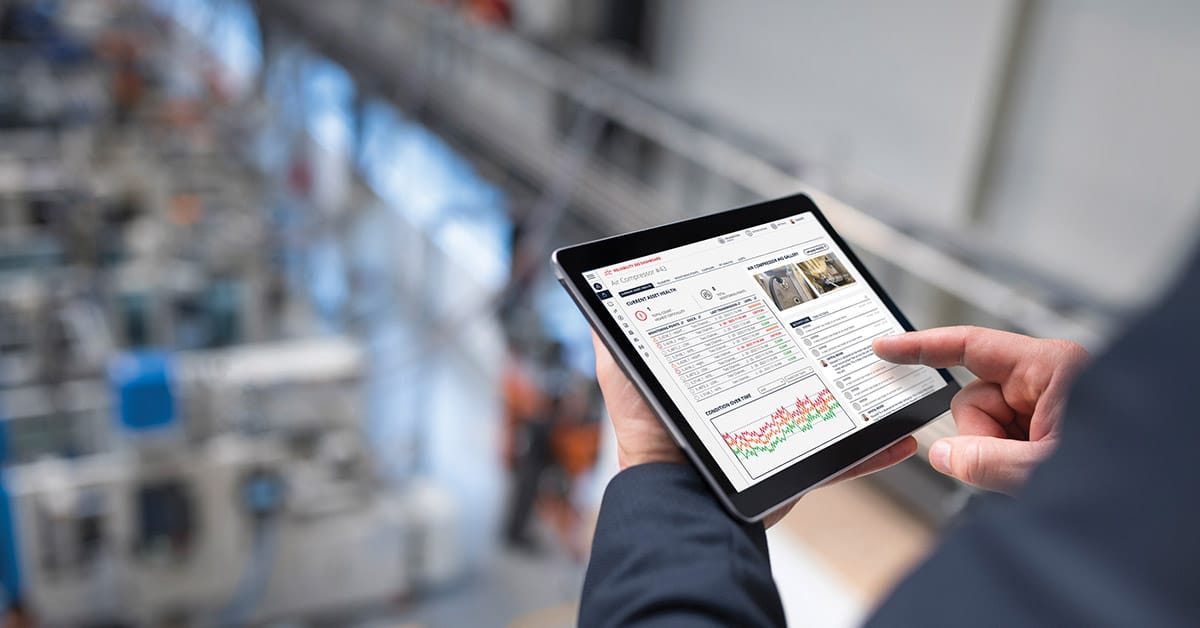When searching for the “low-hanging fruit” with which to improve productivity and profit margins in manufacturing, downtime — especially unplanned downtime — is quickly identified as one of the biggest time and money culprits. Downtime affects nearly every area of operations. Further, it impacts numerous facets and success metrics, including:
- Productivity
- Timelines and successful fulfillment
- Customer satisfaction, if deadlines are missed
- Costs of resource diversion to address repairs
- Costs of repair parts, including emergency repairs as well as excess costs beyond forecasts when downtime occurs more frequently than planned
Given the far-reaching impact of equipment downtime, it is no surprise that facilities are constantly on the lookout for how to reduce downtime in manufacturing. Monitoring asset health through condition-based monitoring is the most proactive, data-driven way. Here, we will take a more in-depth look at these extremely effective and powerful tools for combating downtime.
How machine-monitoring sensors help reduce machine downtime
Predictive maintenance is one of the most effective strategies for reducing equipment downtime, especially unplanned downtime. While it utilizes a wide range of advanced technologies, sensors that continuously monitor asset health provide the most forward-thinking, holistic approach for data-driven maintenance and reduced costs.
Why should sensors be utilized? Sensors provide numerous benefits, including:
- Remote monitoring of critical equipment condition factors: Sensors are designed to closely monitor specific condition indicators, such as temperature, vibration and more — which we will examine below.
- Real-time monitoring and communication: Sensors provide “always-on,” constant equipment monitoring, tracking the ongoing status of machines and communicating this information to alert systems and internal data centers.
- Ease of implementation: A sensor implementation doesn’t mean a costly overhaul of the shop floor. Sensors can be purchased, installed and scaled relatively inexpensively, even on your legacy equipment.
How are sensors used? Sensors provide the following fundamental capabilities:
- Early detection: Sensors pick up on performance aberrations that simply can’t be detected through manual spot checks and personnel monitoring. By detecting the underpinnings of potential issues in real-time, sensors can alert maintenance teams of the need to investigate to prevent a machine failure before it happens.
- Increased safety: Sensors use cloud-based software allowing data to be monitored and accessed from anywhere. This feature allows the alerts to be addressed immediately while maintaining worker safety on the plant floor.
- Condition-based monitoring: As opposed to the standard preventive maintenance pre- and post-operation checks, sensors provide real-time condition-based monitoring that tracks and transmits the performance of the machine, allowing for more timely and effective maintenance.
- Maintenance infrastructure integration: Sensors allow for easy connectivity and communication with other systems, including CMMS systems and data analytics software, so that maintenance processes are technology-based.
What do sensors on machines most commonly monitor? Sensors placed on critical assets to enable predictive maintenance most typically monitor:
- Vibration: One of the most common indicators of a potential failure is an abnormality in vibration on any type of rotating equipment. By tracking metrics such as vibration frequency and pitch, and comparing against historical norms, sensors are extremely effective in detecting early issues and addressing them well before a failure and downtime occur.
- Temperature: Temperature is another key indicator of potential machine failure, as temperature fluctuations are a reliable condition indicator of potential problems. High temperatures may come as a result of a lack of lubrication, increased equipment friction, a calibration issue or an airflow issue. Low temperatures may indicate that equipment is not operating as it should be. In either case, sensors will detect red flags immediately, allowing maintenance personnel to investigate and address the issue before a machine fails and potential equipment damage occurs.
Other key indicators sensors can monitor include power consumption, air quality, coolant health and more. With over three decades of experience in industrial maintenance, ATS offers predictive maintenance solutions that rely on advanced manufacturing technologies including sensors for R360® Machine Health Monitoring, data analytics and prescriptive actions by reliability engineers. For more information, contact ATS today.






